
Modern Cafeteria Design for Hendersonville High School
Mission: Turn Hendersonville High School into a more modern cafeteria.
The problem with my high school's cafeteria is that it is very old and run down. The cafeteria is also very small. Most likely the only way the school cafeteria would ever look good is if the whole cafeteria were to be completely redone from top to bottom. There are other problems with the cafeteria. Some such problems are:
-Tables are too old (gum underneath tables and that stuff. The tables also look like they could fall apart anytime).
-Over crowded(some students wait out in the hallway until lunch is over. Some go to the library until lunch is over).
-There are not enough healthy foods made in the cafeteria (Every week the food is the same) Ex. Mondays are pizza days and so on.
-The outside area has no tables at all. The only thing the outside area has is 2 benches.
-The cafeteria is not pleasing to the eye.
There are many more problems that need to be fixed including the lunch line, but I will only name a few which are the problems listed above. This is my first year at Hendersonville High School. To tell the truth I have only set foot in the cafeteria once. After that I will not set foot in it again.
I want to make the cafeteria look like it is new, healthy, and pleasing. I know that it will be a long task, but I know that it will be worth the effort.

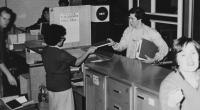


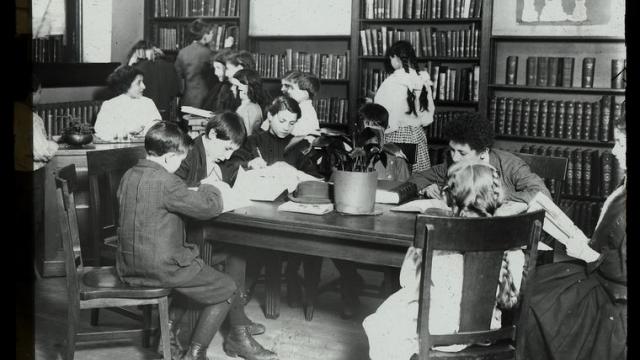
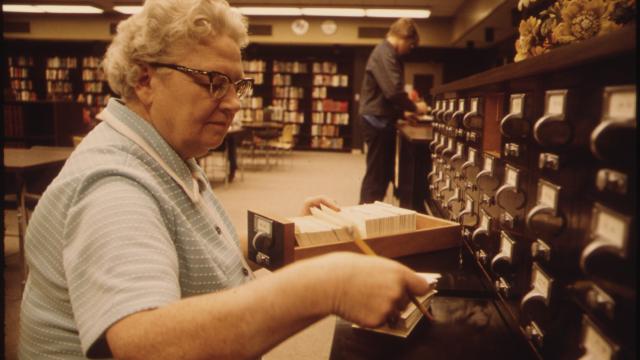
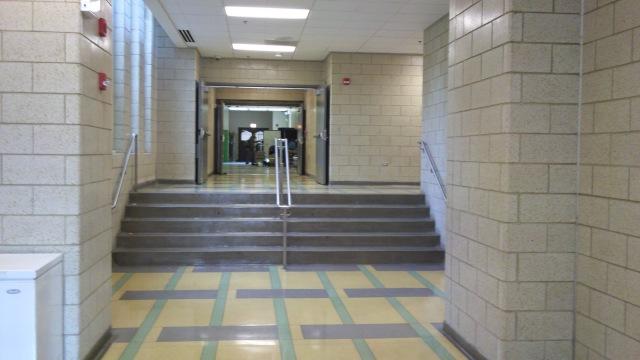


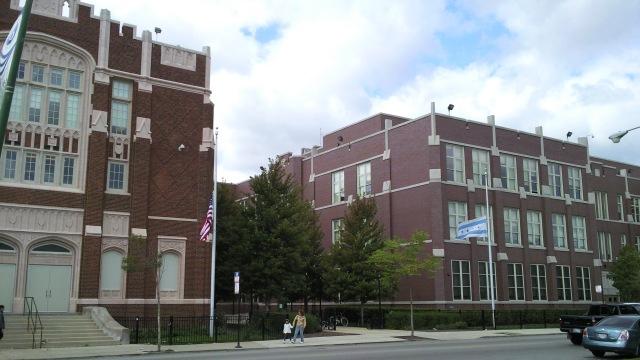

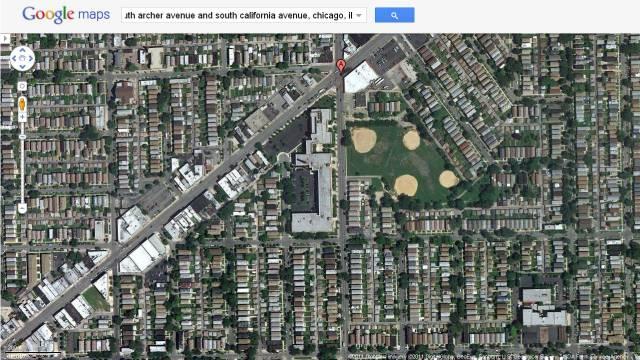









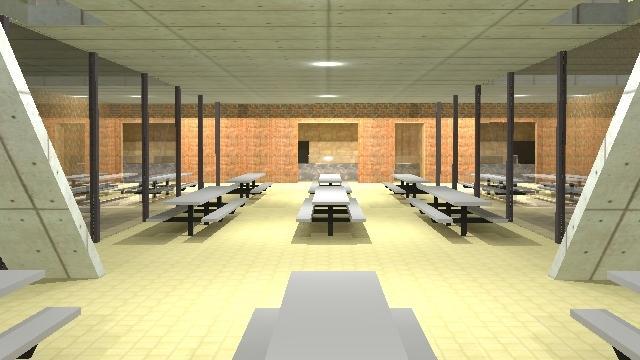

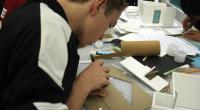

Comments
To anyone please comment on how I can make changes to my overview